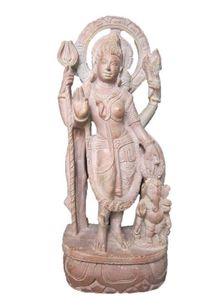Pilibhit Tiger Reserve is located in Pilibhit district, Lakhimpur Kheri District and Bahraich District of Uttar Pradesh state in India. It lies along the India-Nepal border in the foothills of the Himalayas and the plains of the ‘terai’ in Uttar Pradesh. It is one of India’s 41 Project Tiger reserves. Forests in Pilibhit have at least 36 tigers and a good prey base for their survival.
The Pilibhit Tiger Reserve covers an area of 72689.48 ha. situated along the Indo-Nepal border. The forest is rich and diverse. It is a mosaic of high sal forests, plantation, and grasslands with several water bodies. The jungles are home to a myriad of wild animals including the endangered tiger, swamp deer, Bengal florican, hog deer, leopard, etc.
Plilibhit is a wonderful city of Uttar Pradesh. It is 225 km far from Lucknow and 50km from Bareilly. The nearest Railway station is Plilibhit and Nearest Airport is Amausi airport Lucknow. Pilibhit is also famous for flute industry in the world. This city is well connected with Railway and road.













